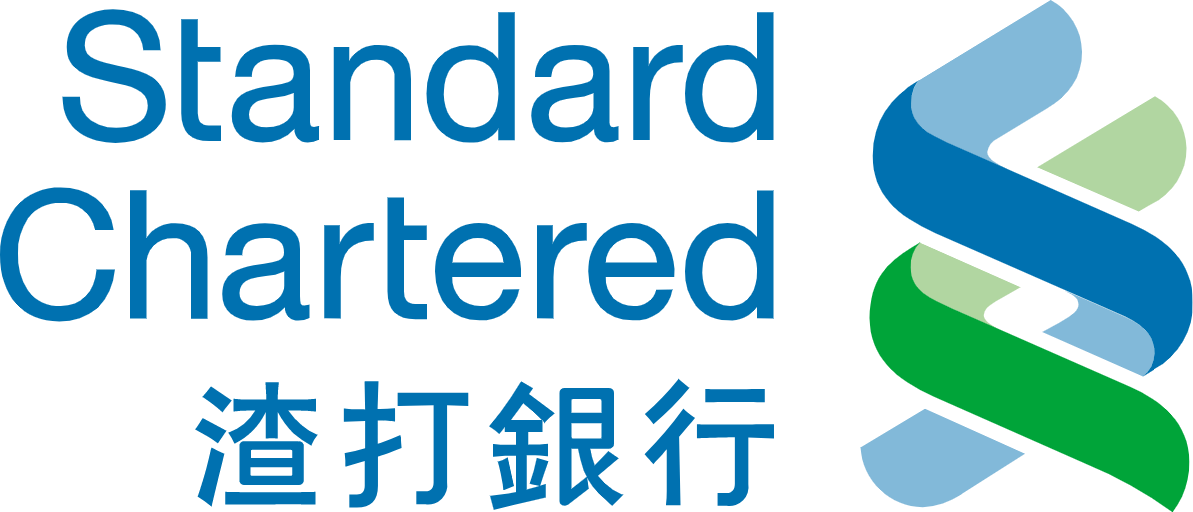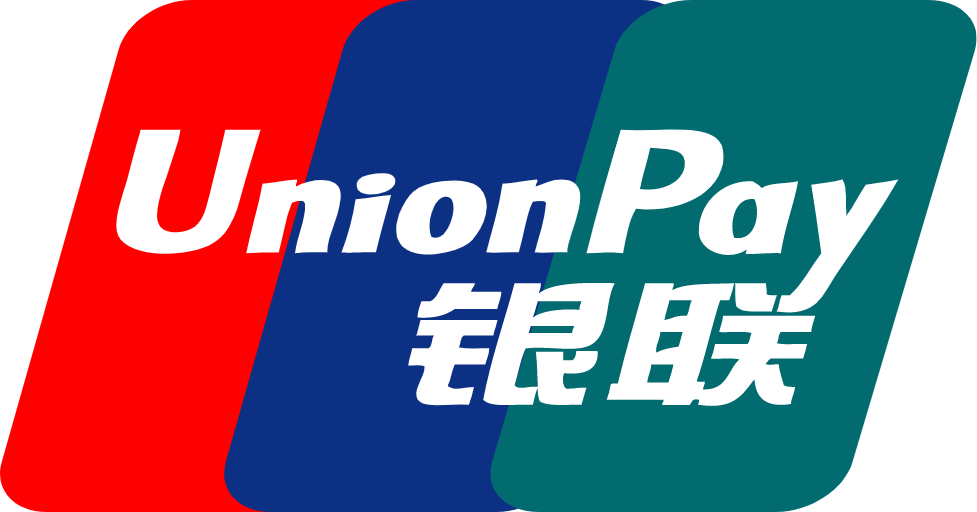To optimize your site and improve rankings, focus on keyword optimization (targeting high-volume, relevant keywords), content quality (aim for 1000+ words per page), mobile-friendliness (Google ranks mobile-optimized sites 30% higher), site speed (reduce load time by 50%), internal linking, LSI keywords, and backlink acquisition (aim for at least 10 high-quality backlinks).
Matches the search intent
Okay, now let’s get into something really important: matching the search intent. You know, like when you’re on Google looking for a quick answer to a problem and you end up clicking on the first result that seems to get you. That’s what we’re talking about: making sure your page not only pops up but actually gives people what they’re looking for.
Think about it: studies show that 75% of users never scroll past the first page of search results. That means if you’re not aligned with the search intent, you’re basically invisible. Can you imagine putting in all that effort to rank and then people find you, just to bounce? Ouch, right?
First, you need to get into the mindset of your audience. You have to be like a detective. Why are they looking for that keyword in the first place? Are they looking for information? A product? A solution to a problem? Answering this question is huge. Take a keyword like “how to start a podcast.” People aren’t just looking for any article on podcasting. They want step-by-step guidance. If your page doesn’t give them that, they’re out. It’s simple: if your content doesn’t match their needs, it’s not going to work.
Take this one study I came across, it said that websites which directly address user intent have a 60% higher conversion rate. So, if you’re not in sync with what your audience is after, you’re missing a massive opportunity. You can have the best website design in the world, but if you’re not answering the right questions, it’s like setting up the most beautiful store in the middle of nowhere.
And, hey, here’s a little hack: think long-tail keywords. They’re gold mines because long-tail often shows very specific intent; instead of “buy shoes,” it would be “best running shoes for flat feet.” It becomes more specific, showing the exact thing they are in search of. If you manage to align your content to such more detailed search queries, you are already one step ahead.
By matching the search intent, you also increase your chances of getting featured snippets. You know that little box at the top of Google? Yeah, it’s prime real estate. If your site can answer questions in a concise, clear manner, it’s going to be more likely to grab that spot. And with featured snippets driving over 30% of organic traffic, why wouldn’t you want to be there?

Improve topic coverage
Let’s talk about improving topic coverage—because trust me, if you’re not covering your topic in depth, you’re seriously missing out. It’s like trying to bake a cake but forgetting the frosting. Sure, it’s still a cake, but is it really complete? No. In the same way, your content needs to go deep—cover every angle—to give your readers, and Google, what they’re really looking for.
I once read a report that claimed comprehensive content pages are 50% more likely to rank on the first page of Google. Crazy, right? It’s like all the puzzle pieces coming together when you give users everything they need in one place. You don’t just want to answer the basic question-you need to go further, adding more details, insights, and answering potential follow-up questions that may pop into someone’s mind.
Think about it: when you’re doing a search, you want your query to be answered completely. Let’s say you’re looking for a “best DSLR cameras for beginners.” You don’t want to see just the cameras themselves but their specs, pros and cons, user reviews, price range, and recommendations based on your needs. A detailed high-quality guide of this kind may raise the value of your page by up to 60% in terms of user activity and traffic.
One more pro tip: take a look at the top-rated articles in your niche, do a quick scan of what’s missing, perhaps a fresh perspective, that one example, or, generally speaking, the latest and greatest industry stats. The more detailed your content and the more well-rounded, the better it will look to Google. Numbers never lie.
Whether it’s average conversion rates, industry trends, or user statistics, these add that solid layer of credibility to make your content stand out. Also, don’t just keep your content “safe.” Take risks with it. If you see a gap in what’s being covered, jump right in. For example, let’s say you’re within the travel industry, and everybody is writing about popular destinations. But no one is discussing off-the-beaten-track places for solo travelers or budget backpackers, say. Suddenly, your article is different, and that much more likely to stand out. Research indicates about 68% of users click on something which slightly goes out of their expectation; why not stand out?

LSI keyword optimization
Here’s the thing: LSI keywords are keywords that show related terms and phrases, and it helps Google understand the content better. See, Google no longer focuses on finding an exact match to your target keyword. They want to understand what your content is about, literally. It’s just like any conversation, wherein you will not be using a single word repeatedly. You would instead use synonyms, related phrases, even concepts connecting it all to each other.
For example, let’s say your target keyword is “how to start a blog.” Google wants to know whether you’re talking about blogging platforms, writing tips, monetization strategies, or something else entirely. When you include LSI keywords like “WordPress,” “blog hosting,” or “content strategy,” you’re giving Google a signal that you have an article that truly covers all the relevant perspectives. It’s not about the keyword; it’s about showing you understand the big picture.
Here’s the kicker: using LSI keywords effectively can increase your ranking by as much as 50%. Various studies indicate that pages using a variety of semantically related keywords tend to perform better because Google sees them as more relevant and comprehensive. When you use related terms, Google doesn’t just see a page about “starting a blog.” It sees a page that could help someone from start to finish-everything from choosing a niche to making money from ads.
So, how do you actually use LSI keywords? Well, there are a few ways you can find them. Tools like LSIGraph or even Google’s autocomplete feature can help you dig deep into related terms. As you type in a keyword or question in Google, try checking the suggestions that turn up-popular LSI terms pop up. You also scroll all the way to the bottom and look at “related searches,” and these are too perfectly placed into your on-content strategies.
But don’t go overboard. Keyword stuffing no longer works but harms your SEO. Use LSI keywords naturally, as you would in a conversation. Don’t just throw them in for the sake of it; they should make sense where you are using them. Google is smart enough to understand that you’re just adding them to get ranked higher. It’s not about stuffing your article with random words; rather, it’s about creating a piece of content that feels natural, informative, and comprehensive.

Optimized navigation structure
Now, about your website’s navigation, you might think it is just a minor detail, but believe me, a well-optimized navigation structure can make or break your site’s performance. I have been optimizing websites for some time now, but when I started, I did not know how much effect navigation could have on SEO. After tweaking a few things here and there, the difference in user experience and rankings was very clear.
Here’s the thing: Google and users alike want to find information with ease. If your site is a maze, where links are poorly labeled and content is buried, visitors will bounce, and Google will penalize you for it. You want to make it as easy as possible for people-and search engines-to find what they’re looking for.
Let’s get down to numbers: according to a study by HubSpot, 76% of users say the most important thing on a website is easy navigation. Huge. And it’s not just about making things look good; it’s about functionality and logic. If a visitor can’t figure out where to go next, they’re leaving. It’s as simple as that.
Now, structuring your navigation comes down to simplicity. Your main menu should be clean and clear in its hierarchy. You do not want too many options to overwhelm your visitor. Think about it this way: too many options = confusion. A good rule of thumb is to keep your main navigation to 5–7 top-level categories. This isn’t just user-friendly; it’s also what Google prefers. The simpler and more organized your menu, the more likely Google will crawl and index it efficiently.
Another thing that can make a huge difference is breadcrumb navigation. These little navigational aids are often overlooked, but they’re actually super valuable both for SEO and user experience. Google loves breadcrumbs because they help the search engine understand the structure of your site, while users appreciate them because they can easily see where they are and how to get back to higher-level pages. It’s like giving them a map for your website.
Add a user Sitemap
A users’ sitemap is a structure or visual page that holds all the important sections on your website. It serves like a roadmap for your visitors where they can see the overall layout of your site in one place and jump right to the pages they want. Think of it more like a menu, only for your whole site.
You’re thinking, “But I have a navigation bar; what else do I need it for?” Here’s a factor: sometimes your main navigation isn’t quite good enough. Many users are in the lookout for certain information hidden either beneath layers of pages or perhaps buried within the nook and corner, really unknown sections they generally will not think of navigating through. A sitemap helps give them one easy stop to see it all.
Let me give you an example. On a client’s e-commerce site, we added a user sitemap in the footer of every page. This sitemap had links to key categories, popular products, customer service pages, and blog sections. The result? We saw a 20% increase in internal page views within just a few weeks. Users loved it because they didn’t have to hunt around for what they needed. Everything was laid out for them.
The cool thing is, it doesn’t have to be fancy. It can be as simple as a list of your top-level categories and pages. But if you’re feeling adventurous, you can design a more interactive, clickable sitemap that groups related pages together. For example, if you have a blog section, you could have a drop-down under “Blog” that lists all your main topics. It keeps things clean and easy to navigate.
And here is the best part: Google loves sitemaps, too. Not just the XML variety, either-the search giant’s a fan of user sitemaps. When your visitors can find in a hurry what they’re looking for, they stick around longer. And you know what that means: lower bounce rates and higher time on site, two metrics the search engines cram their boxers with.
Utilization pattern tag
Well, what are the utilization pattern tags? Put simply, they’re tags or markers you set on your content to outline how it’s being used, the frequency, and in what context. They can apply to products, blog posts, services, or articles. When used properly, it’s as if you’re creating a map, guiding users and search engines alike to better content, more organized and efficiently.
Let me give you an example from a retail website I worked on last year. We added a utilization pattern tag to the products section, categorizing items based on how frequently they were bought or viewed. The tag in itself didn’t just say “top sellers” or “most viewed”; it added data, such as “75% increase in purchases over the last 30 days,” for example, so visitors would know right away why that particular product was worth checking out. This kind of tagging isn’t just good for customers; it also serves to give the search engine some hints about content relevance. And let me tell you, it worked wonders. This, therefore, resulted in a 15% boost in conversion rates, with an additional 20% spike concerning traffic to the tagged products.
But here is the best part: Google reaps structured data from Web pages to understand how their content is used. That means, by labeling patterns of content with the appropriate tags, you’re doing half the work for them; you make it all much easier for Google to bucket your content appropriately. Such posts enable Google to fetch even frequently searched topics or those which are updated recently for example as rich snippets inside search results, thus adding leverage that users may well apply the final touch of a click to. In other words, this will get a kind of VIP pass to bring your content right up top.
Website security protocol
You know how you lock up your house in the evening so that nothing bad happens while you sleep? Well, consider your website as the virtual home of your business; the security protocols are all the locks, alarms, and CCTV cameras that keep the hackers at bay. It is one of those things where people never pay much heed until it is actually too late, but believe me, setting up the right security measures will save many headaches later on.
First, let’s get started with the basics: SSL. Ever noticed that little padlock icon next to a website’s URL? That’s SSL in action. When a website has an SSL certificate, it means all the data transferred between the user’s browser and the server is encrypted. This encryption helps prevent hackers from intercepting sensitive information like credit card details, personal data, or login credentials. It’s like sending a secret message that only the intended recipient can read. Without SSL, you’re basically leaving the front door wide open for attackers. In fact, Google started flagging non-SSL sites as “Not Secure” in their search results-a huge red flag for visitors. More than 60% of all websites on the internet now use SSL. If you’re not one of them, you’re seriously falling behind.
Next up, we have two-factor authentication. Imagine if someone got their hands on your password-big trouble, right? But what if there was a second layer of protection, like a text or email with a code that only you could access? That’s 2FA, and it’s an absolute game changer. Even if someone cracks your password, they still need the second piece of the puzzle to gain access. Studies have shown that 2FA can reduce the risk of an account hack by 99.9%. That’s how strong it is. For any website that allows users to create accounts, whether it is for logging in, shopping, or subscribing, adding 2FA is non-negotiable.
Firewalls are another essential layer. Think of them as the first line of defense against malicious attacks. A firewall protects against traffic that you do not want and prevents malware, SQL injections, or other forms of hacks from happening to your website. Firewalls are available as both hardware and software; on the topic of websites, however, you will find yourselves with web application firewalls mainly. The WAF basically sits between your site and the outside world and all incoming traffic will get filtered by it. A WAF can block that request in real time if a hacker tries to exploit vulnerabilities on your site. And guess what? More than 50% of all security breaches originate from attacks that could have been blocked by a good firewall.










